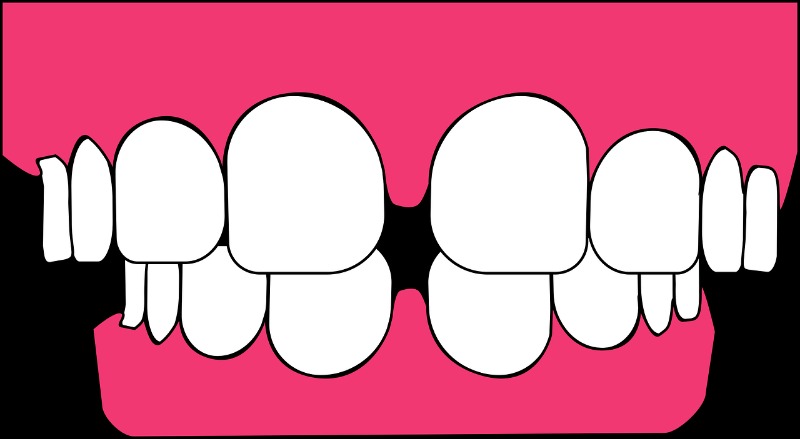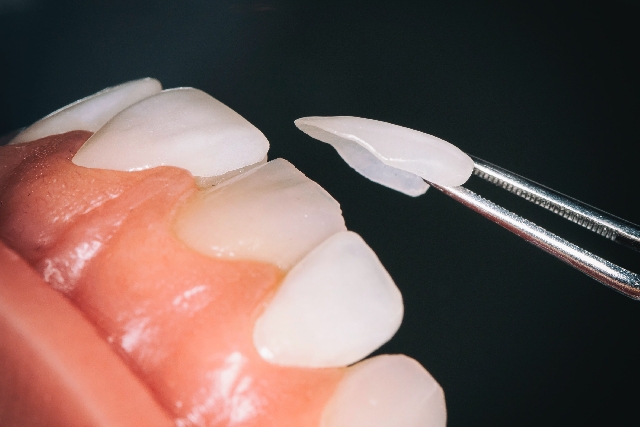What Is Diastema And How Can You Prevent It?

A diastema is a break between the teeth. However, it is not hurtful. Most importantly, it appears both in children and adults. In children, space normally closes when their permanent teeth come through. The gap between teeth is wider than 0.5 millimeters. However, the good news is if you hate the look of the diastema, your dentist can close or reduce the gap.
Having an extra space between two or more of your teeth? It is time to consult a dentist then. To clarify, your dentist addresses this spacing issue as gap teeth. Well, gappy teeth are common. However, at times they can become a bit of anxiety. Maybe you hate the look of them or find that food gets trapped. Consequently, it causes issues with your gums. To explain, gappy teeth can build pockets between your teeth and gums. This is where food can get jammed. To put it in simple words, it can make your gums sore and even cause gum disease. Luckily, that gap isn’t everlasting.
In this article, we will look at the causes of diastemas and explain its treatment and prevention.
Teeth Gap Types
- Space between your side teeth and front teeth only
- The gap around your canines on one side
- The room between the front teeth
- Gaps between all your teeth
Diastema: Causes
To put it in simple words, the most common cause of a diastema is the size of the teeth relative to the size of the jawbone. If the teeth are too small for the mouth, space may become visible between the teeth. The size of both the teeth and the jaw is generally genetic. Therefore, diastema may run in families. Understanding the common causes of the problem:
- The size of the teeth in relation to the jawbone
- Missing or undersized teeth
- Oversized labial frenum
- Incorrect swallowing reflex
- Gum disease
- Loss of primary teeth
- Habits
Is Diastema Genetic?
Yes, at times. In fact, there are many permanent teeth that are too small for their jawbone. As permanent teeth fully grow, you may notice spaces between a few teeth. The first thing to remember, teeth, and jawbone sizes are generally hereditary. This means diastema can be passed down through generations.
Symptoms of Diastema

- Receding gums
- Bright red gums
- Bleeding gums
- Swollen gums
- Loose teeth
- Bad breath
In reality, there are a number of treatments available for “gappy teeth”. Another key point is fixing those carries both visual and health benefits for your smile. Besides, orthodontics, a space in your teeth can be rectified with curative treatments. To mention a few, composite bonding, porcelain veneers, or crowns. For larger spaces with missing teeth, dentists restore with dental implants or bridgework.
Most importantly, consult your dentist if you or your children have a diastema. A dentist can spot the basic cause and, if recommend a course of treatment as needed.
Treatment by Dentist Burbank
- Braces
- Dental implants or a bridge
- Veneers or bonding
- Surgery
- Gum disease treatment
Practice Good Oral Hygiene To Avoid Diastema
- brushing the teeth twice daily
- visit a dentist for regular check and cleaning
- flossing daily
- avoid thumb sucking
- correcting improper swallowing reflexes
Why Should You Come to Us?
We have one of the best dentists in town. Indeed, there are many methods of treating diastema. Most importantly, the results are generally permanent. In fact, the best part is we have far-reaching experience in treating Burbank Diastema. Call Dr. Sahakyan at 8185782332 to book an appointment. Besides, you can also visit our clinic My Dentist Burbank, and take a consultation from us. We will be happy to help you always.


